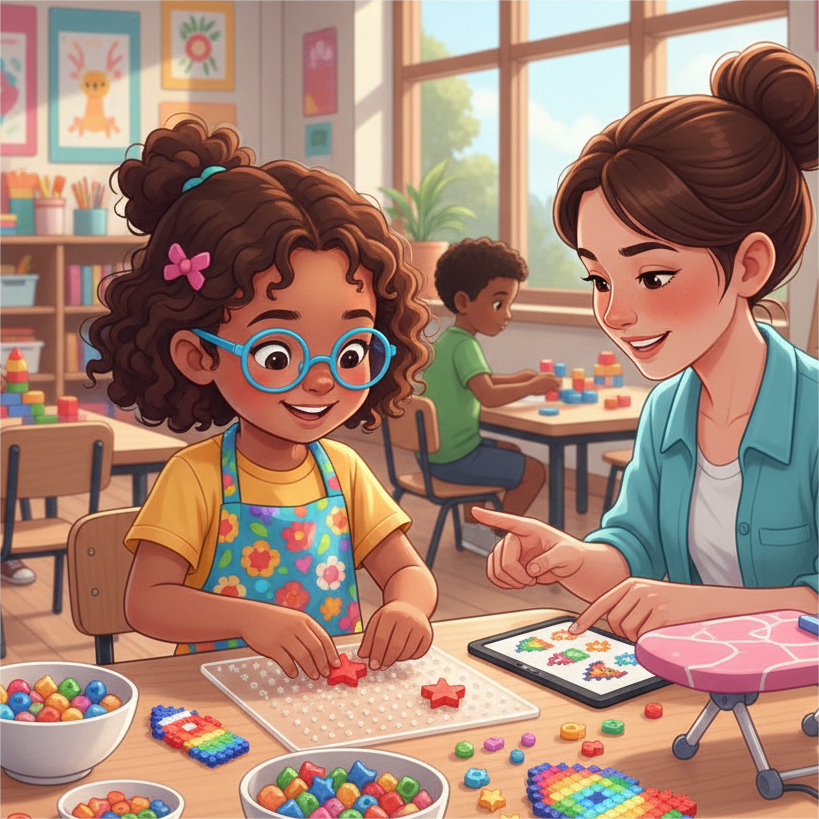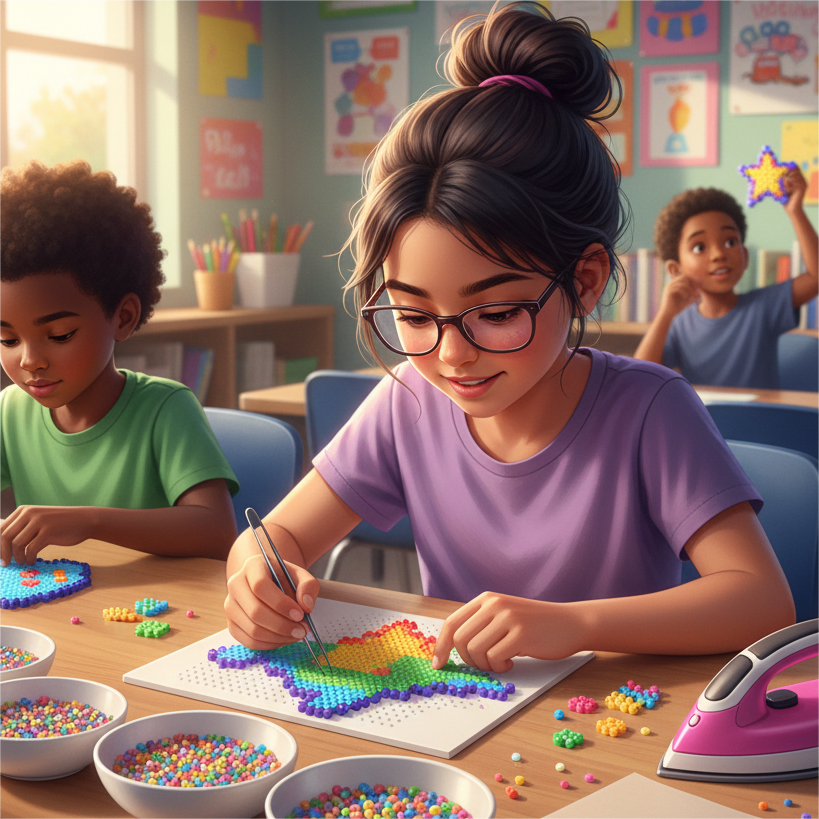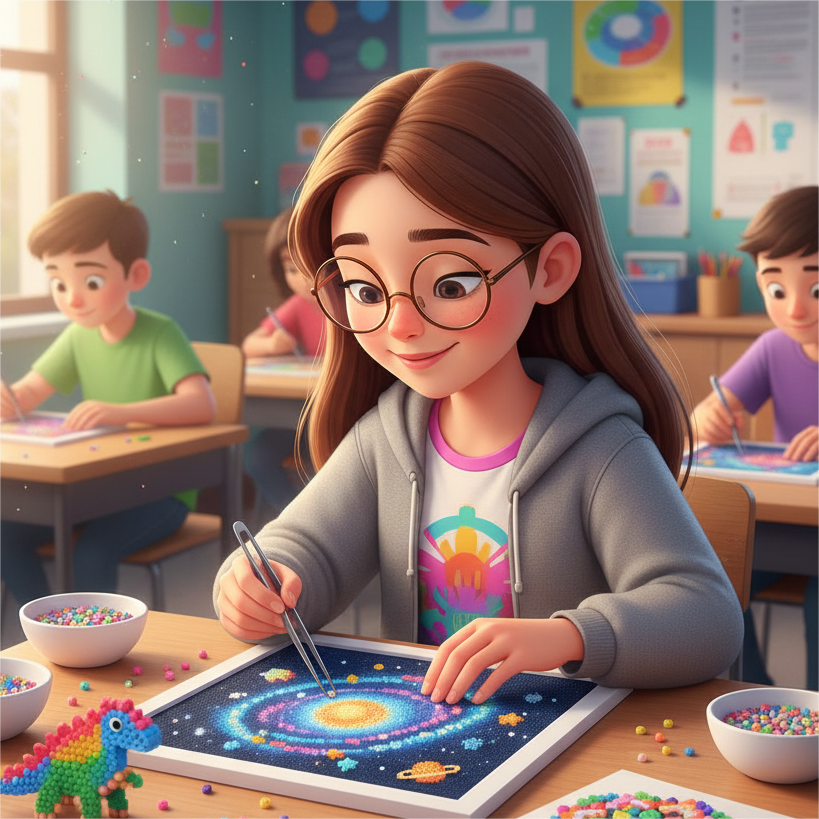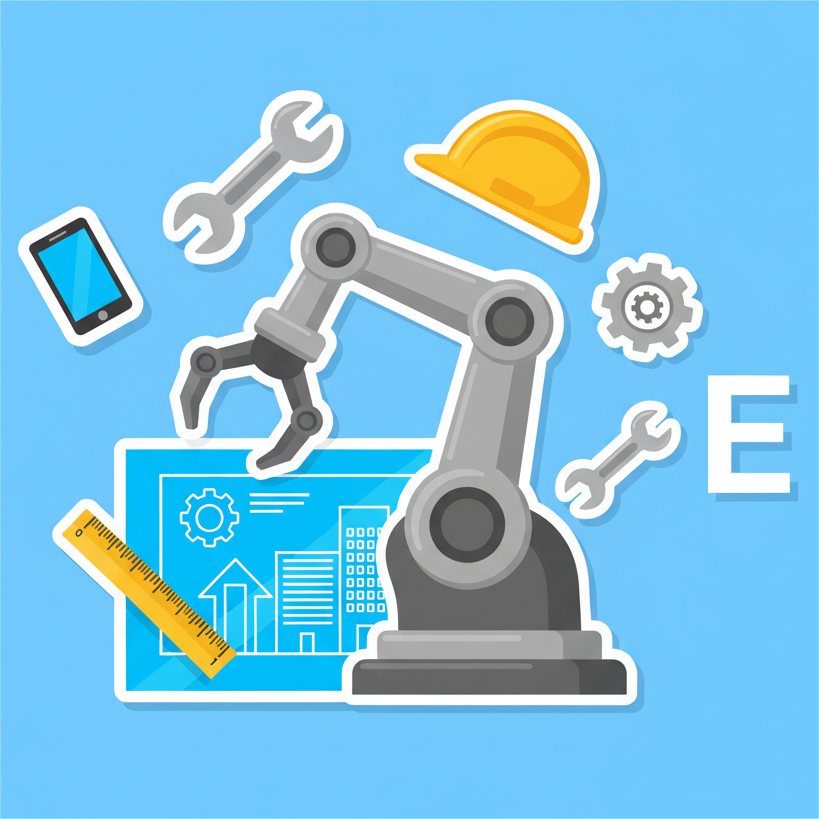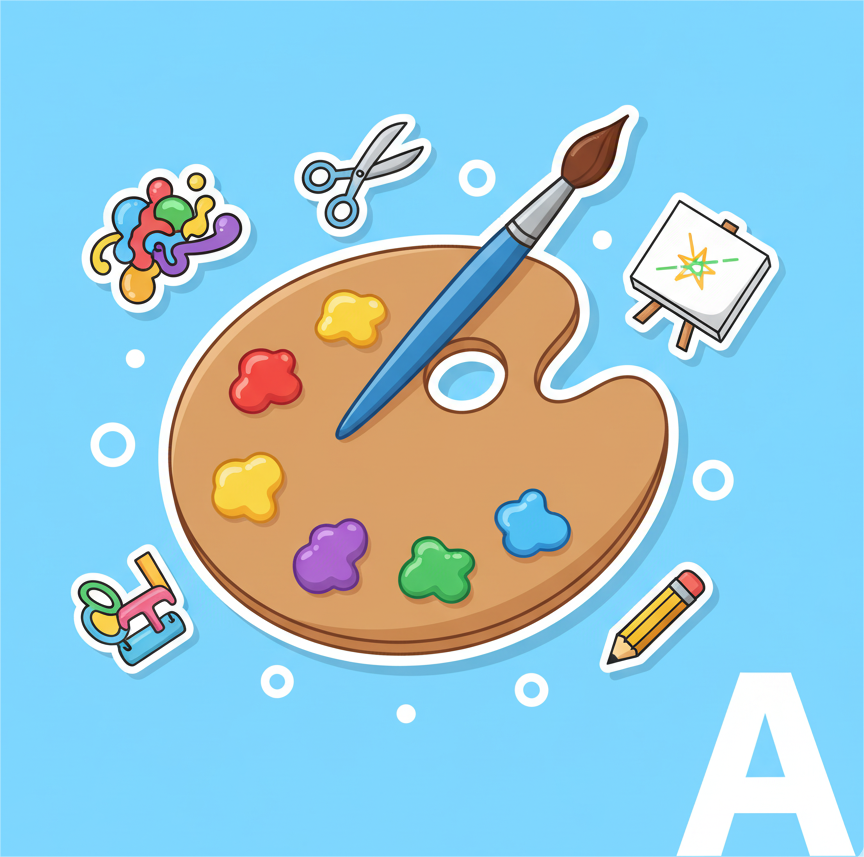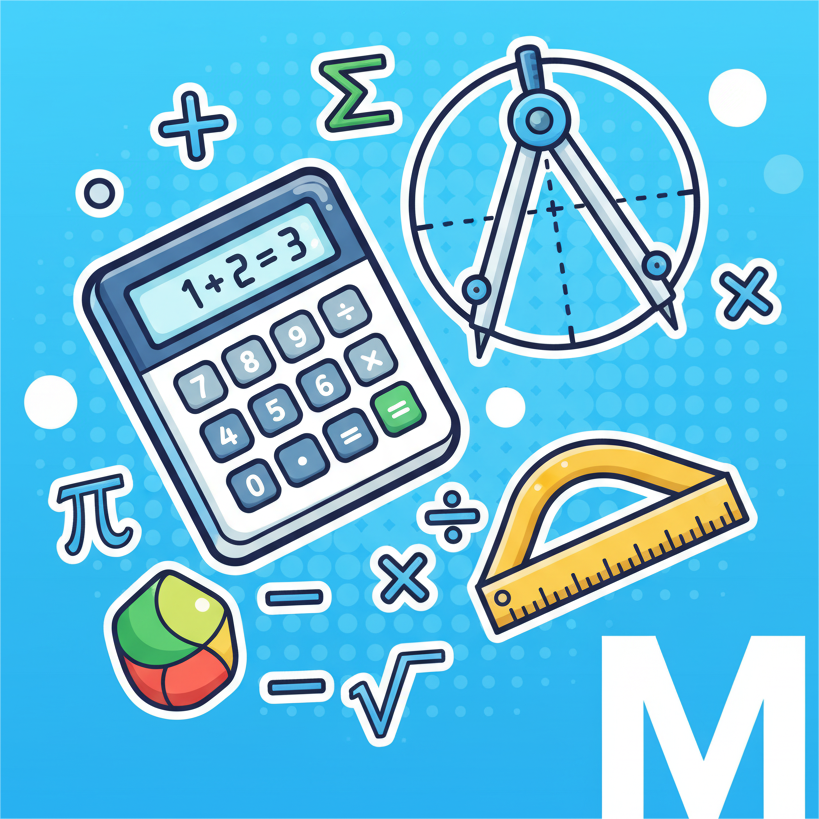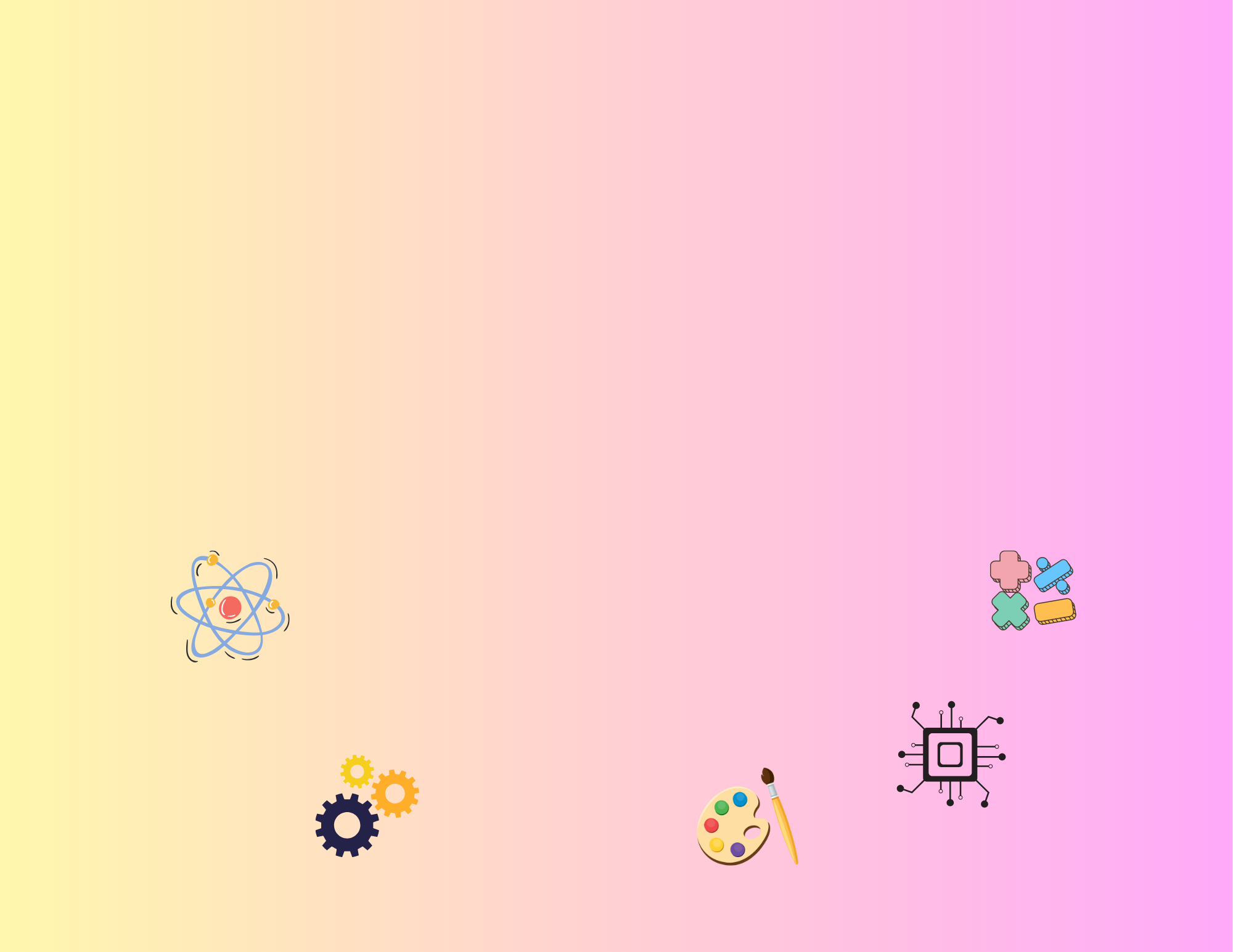
HiBeads STEAM Lab — Course Levels
Level 1 — Color & Count Creators (PreK–1)
Young makers explore colors, numbers, and simple patterns while creating their first pixel art with large beads.
Kids learn rainbow color order, counting, and basic grid planning through playful projects like hearts, animals, and simple scenes.
Perfect for beginners who are discovering hands-on creativity.
Level 2 — Design & Build Innovators (Grades 2–3)
Students dive deeper into design thinking with larger grid projects and begin using digital tools to plan their creations.
They experiment with color theory (warm & cool colors, complementary colors), symmetry, simple geometry, and 3D bead builds.
A perfect step for kids ready for bigger, more detailed projects.
Level 3 — Advanced STEAM Makers (Grades 4–5)
Advanced makers turn ideas into full STEAM projects — combining art, design, math, and simple engineering.
Students design intricate patterns using digital pixel tools, build complex 3D models, and explore STEAM topics such as planets, ecosystems, architecture, and product design.
Great for kids who love to invent and express their creativity in depth.
Science
Kids explore natural patterns, materials, and heat fusion while learning how art connects to real-world science.
Engineering
Through structure and balance, kids learn problem-solving and spatial reasoning while building 2D and 3D bead models.
Art
Color theory, symmetry, and creative expression are at the heart of every project.
Technology
Students use tablets and pixel-art design tools to plan and visualize their bead creations.
Math
Grids, counting, and geometry come alive as children measure, plan, and execute designs bead by bead.
Learning Beyond Beads
Why It Works
Visual + tactile learning for every type of thinker
Balance between creativity and logic
Immediate satisfaction from making something real
Builds patience, focus, and fine-motor skills
Collaboration & Teamwork — Students share ideas, take turns, and work together on group mosaics.
Creative Thinking — Open-ended projects encourage imagination, experimentation, and iteration.
Confidence & Presentation — Kids explain their designs, strengthening communication and public-speaking skills.

